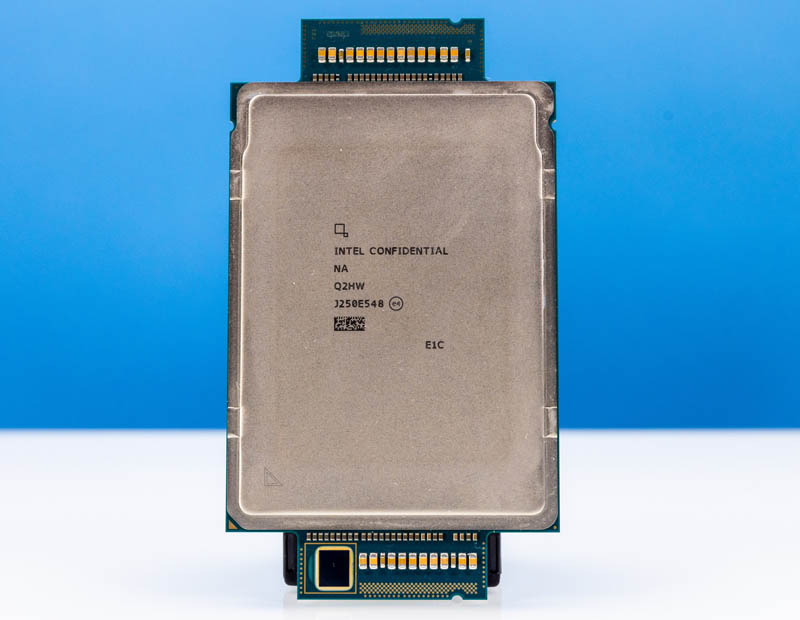- Joined
- Apr 12, 2021
- Messages
- 903
- Motherboard
- Asus z590 ROG Maximus XIII Hero
- CPU
- i9-11900K
- Graphics
- RX 6600 XT
- Mac
- Classic Mac
- Mobile Phone
A module with a 10,000 pin connector seems like a gross design cut, but since computers are now designing computers, maybe it's all beyond human scale.
A phone today is a design with upwards of 5 trillion device nexus. But its modular edge is order-10 connections.
What is it about servers that the modular edge needs to be order 10,000?
Obviously, to allow mixing and matching of capability variations, but this assumes there's something that isn't known about application config the must be deferred to a downstream integrator. With a device so complex, why is it not known?
It's like Intel is saying "we still don't know for sure what this is good for" about the most complex devices ever built.
I guess there's some sort of metaphysical hope in this.
Another way to see it is that such a vast edge affords fine-grained manipulation of rent based on precise application of capabilities, i.e., withholding capacity from customers.
Put a different way, when you can create an infinitely powerful device, profit attends tactical withholding of the application of that power.
The more I think about this, the more strategic Apple's choice to move away from these designs looks to me: they didn't want to end up in a rent trap for the core (npi) of their products.
A phone today is a design with upwards of 5 trillion device nexus. But its modular edge is order-10 connections.
What is it about servers that the modular edge needs to be order 10,000?
Obviously, to allow mixing and matching of capability variations, but this assumes there's something that isn't known about application config the must be deferred to a downstream integrator. With a device so complex, why is it not known?
It's like Intel is saying "we still don't know for sure what this is good for" about the most complex devices ever built.
I guess there's some sort of metaphysical hope in this.
Another way to see it is that such a vast edge affords fine-grained manipulation of rent based on precise application of capabilities, i.e., withholding capacity from customers.
Put a different way, when you can create an infinitely powerful device, profit attends tactical withholding of the application of that power.
The more I think about this, the more strategic Apple's choice to move away from these designs looks to me: they didn't want to end up in a rent trap for the core (npi) of their products.

